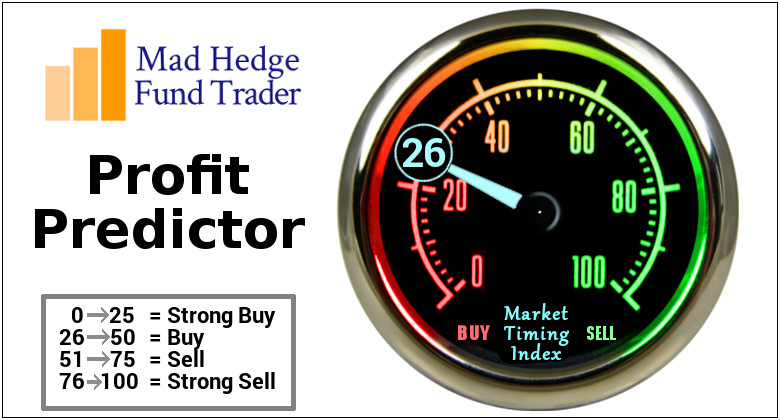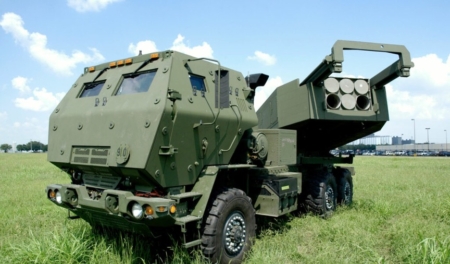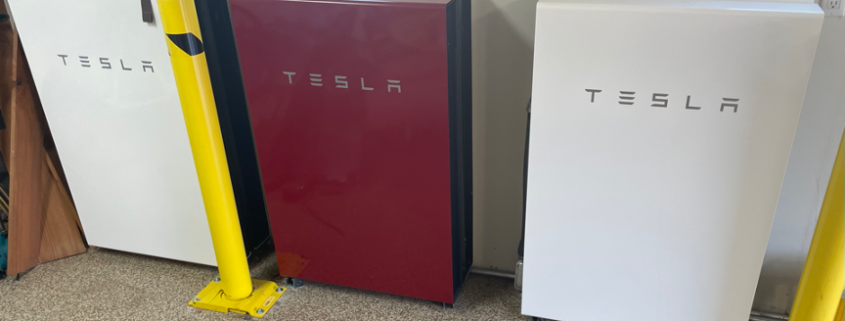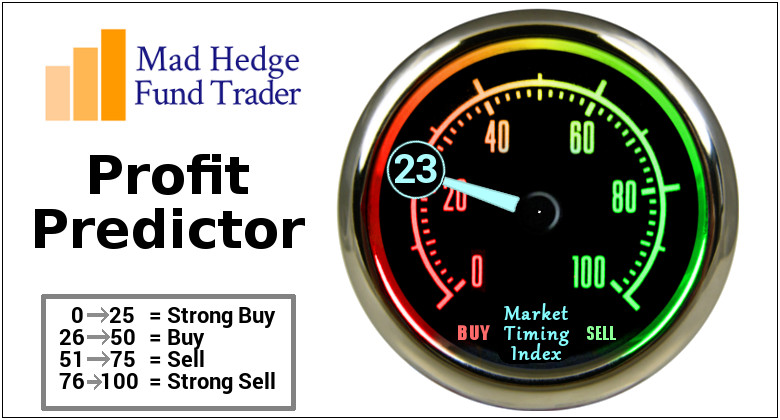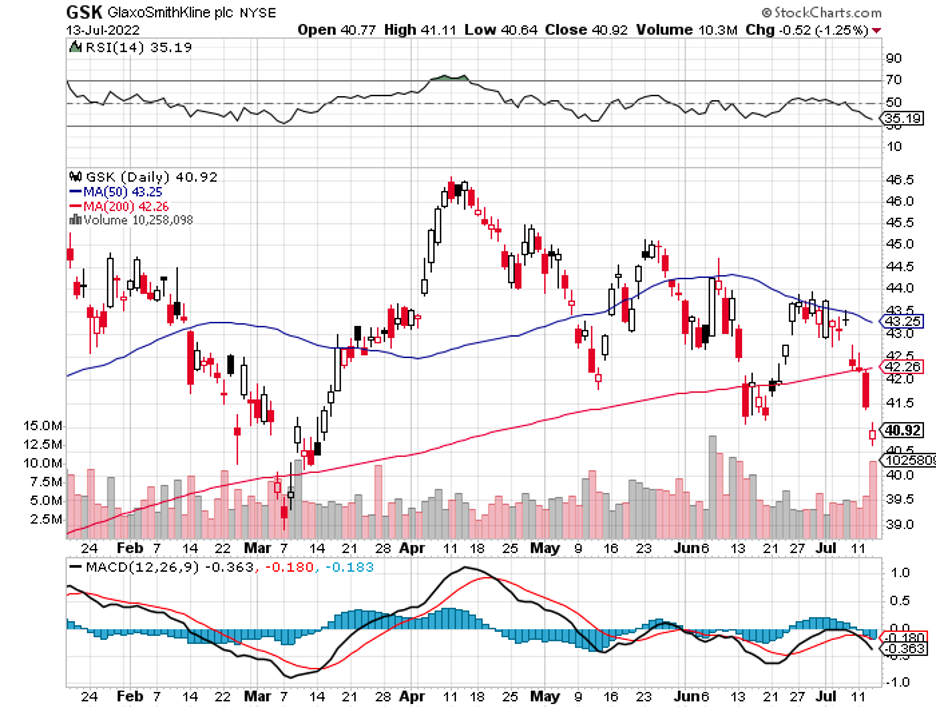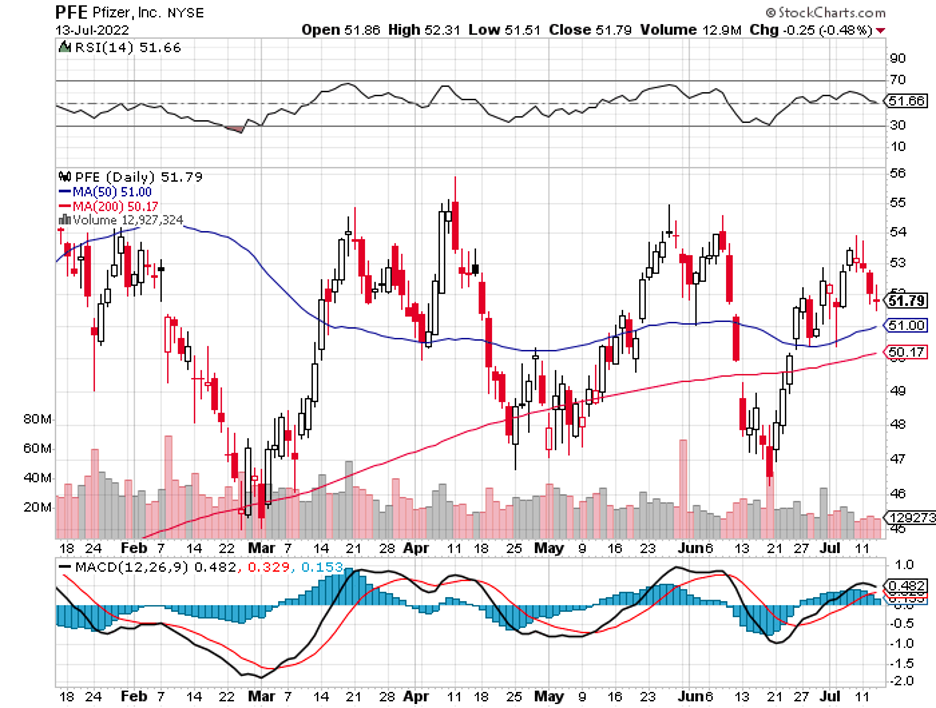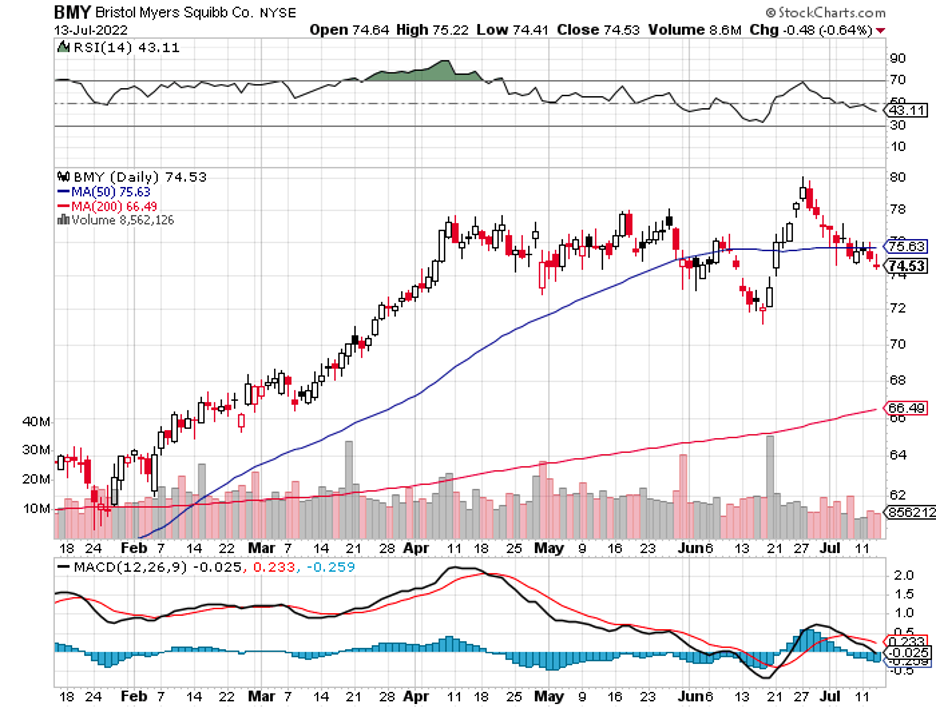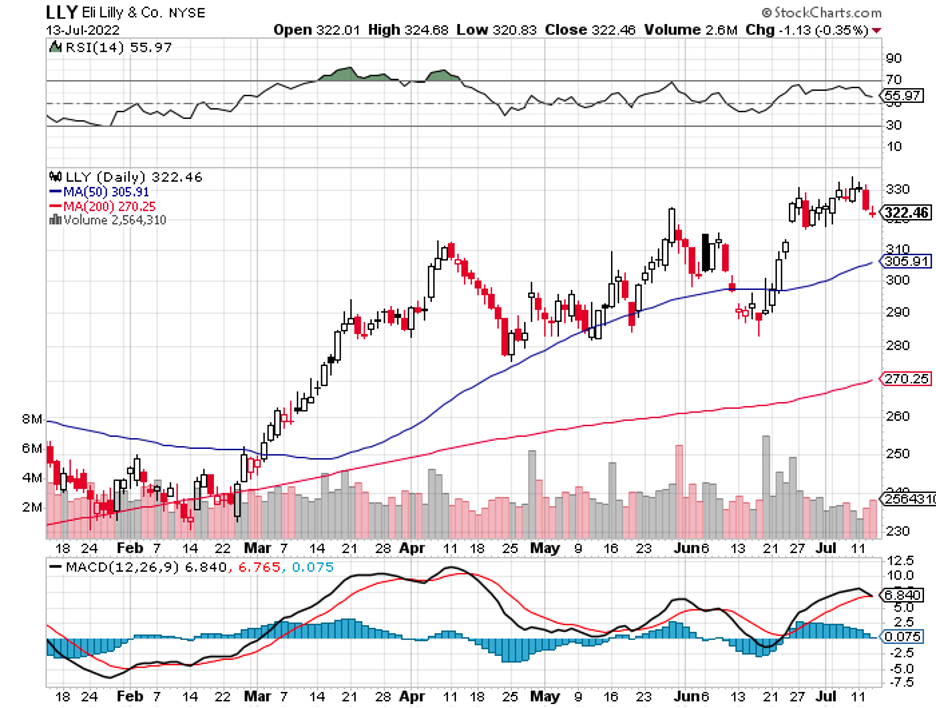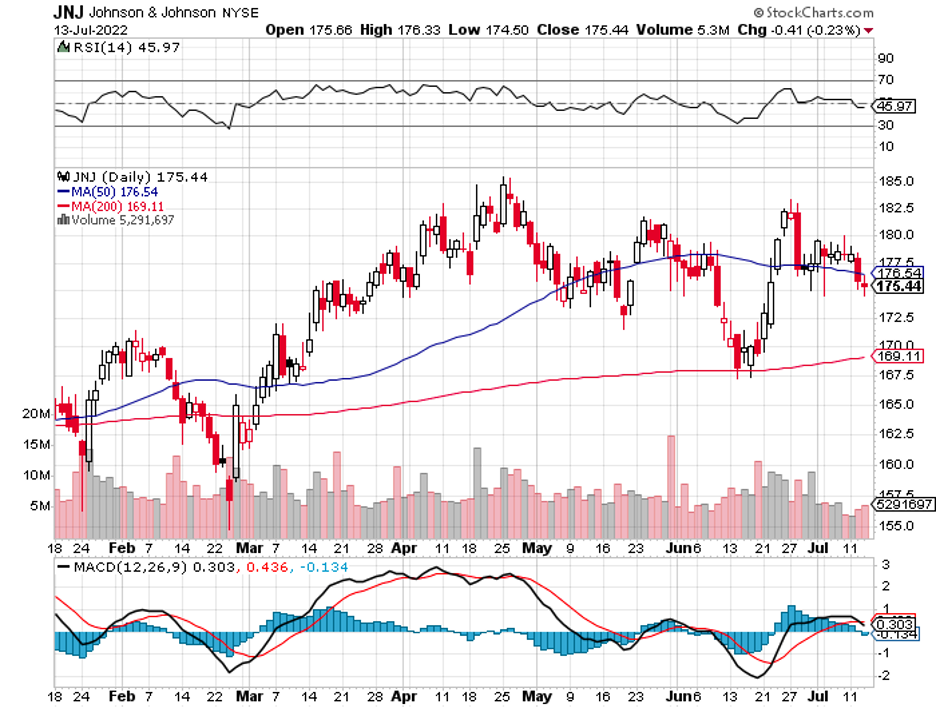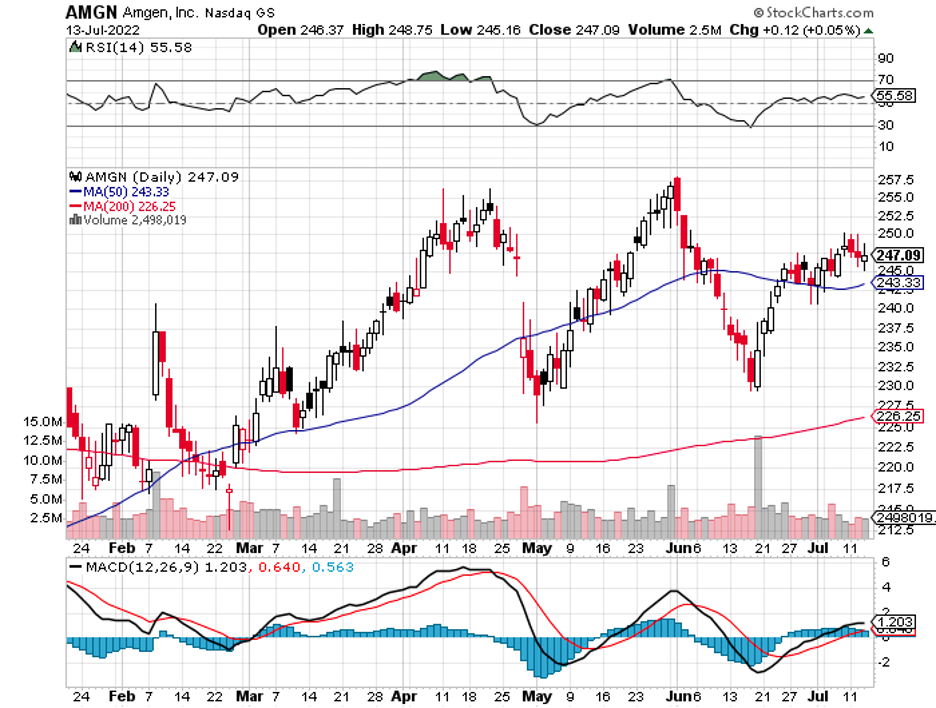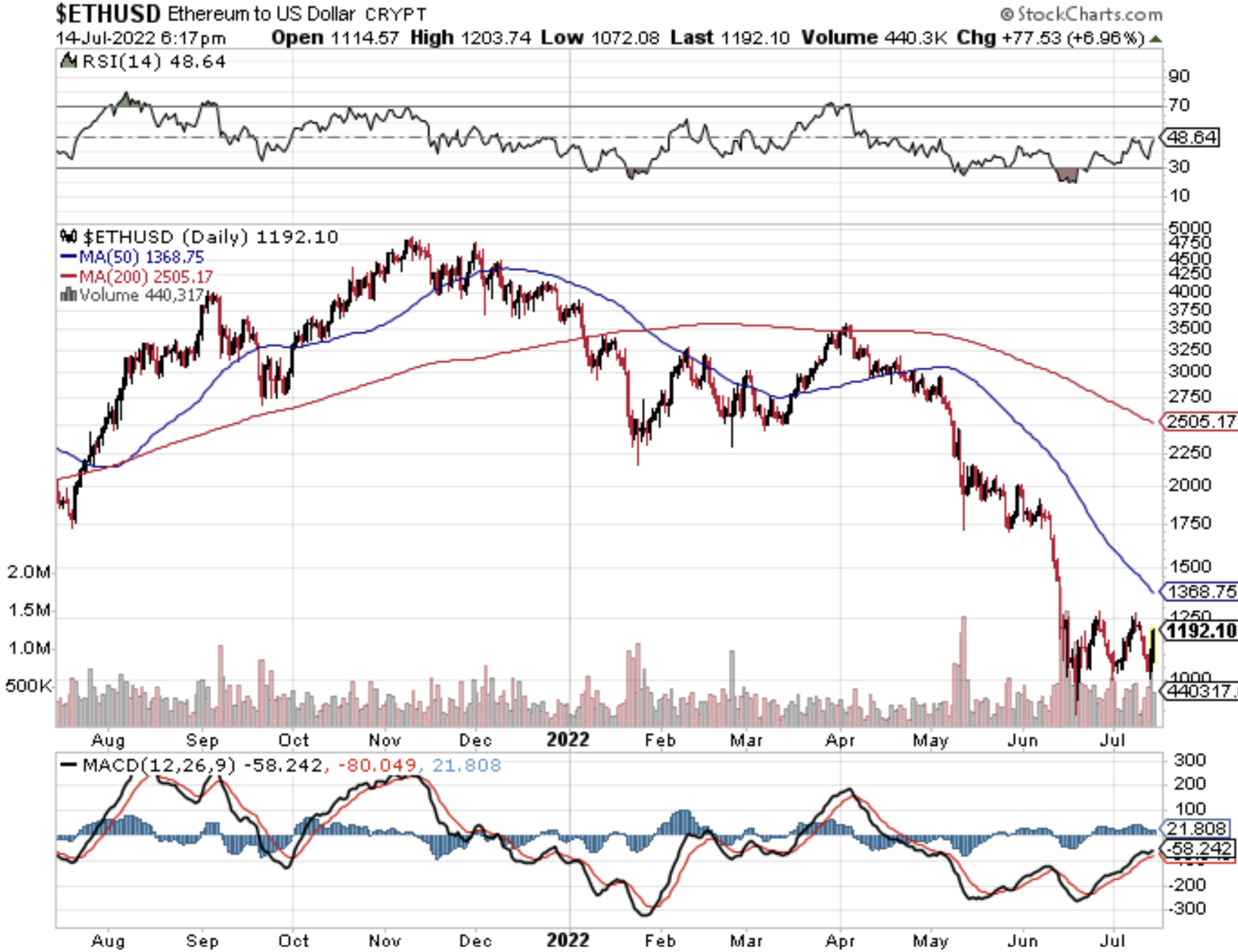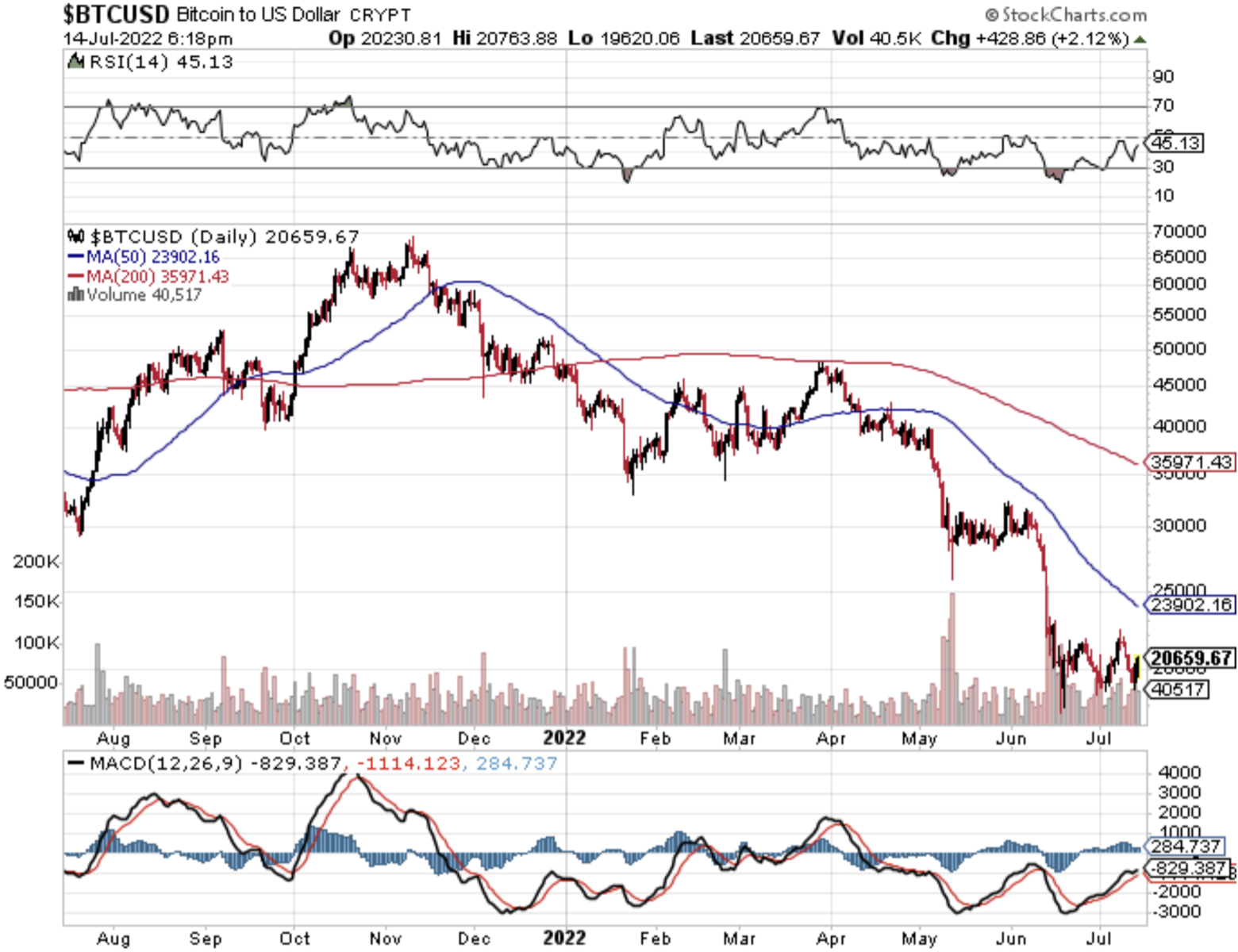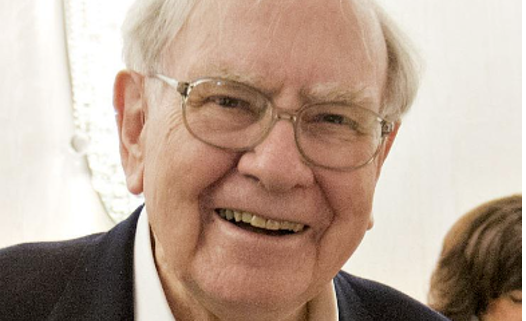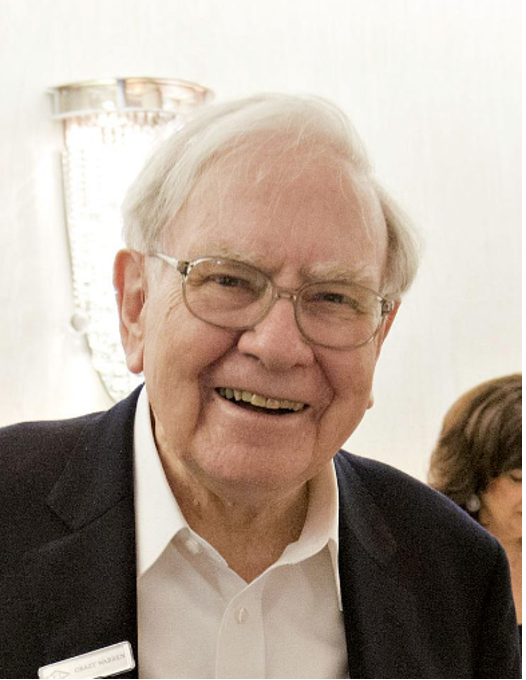When John identifies a strategic exit point, he will send you an alert with specific trade information as to what security to sell, when to sell it, and at what price. Most often, it will be to TAKE PROFITS, but, on rare occasions, it will be to exercise a STOP LOSS at a predetermined price to adhere to strict risk management discipline. Read more
When John identifies a strategic exit point, he will send you an alert with specific trade information as to what security to sell, when to sell it, and at what price. Most often, it will be to TAKE PROFITS, but, on rare occasions, it will be to exercise a STOP LOSS at a predetermined price to adhere to strict risk management discipline. Read more
Global Market Comments
July 15, 2022
Fiat Lux
Featured Trade:
(REPORT FROM NATO HEADQUARTERS)
Becoming a major in the US Marine Corps takes some getting used to.
After being a captain for 30 years I keep wondering why all these people are saluting me and addressing me as “Sir”. My pat response is, “I haven’t got my knighthood yet but give it time.”
With my military service for the year done, I can tell you what I learned at NATO Headquarters in Brussels, Belgium was amazing, at least the declassified part. Better yet, the consequences for your retirement portfolio are enormous.
I am a pretty popular guy myself in Brussels these days. On the first day of the Russian invasion when the outlook for Ukraine looked utterly hopeless, I pounded the table with the Joint Chiefs that Ukraine could win this thing if the US moved fast and big to support them.
I have long argued that the Russian Army was a paper tiger, that 95% of their nuclear weapons didn’t work, that it was untrained, ill-disciplined, and vastly overrated. This I learned while spending a week at a Russian air base in the 1990s flying MiG-29’s.
Much to my amazement, they took my advice, and the rest of the world followed suit. The defeatists, Cassandras, and the doomsayers were all dismissed and ignored.
The world political dynamic turned upside down in weeks.
Suddenly, the United States has gone from begrudging ally to best friend. And it’s not just in Europe. It turns out that ALL countries want allies that fulfill promises, have teeth to their commitment, and will step in at the worst of times with $50 billion worth of military aid.
The world is no longer the same.
Ukraine is winning a victory for the ages, although the media has lagged badly in reporting the facts on the ground, focusing instead on the humanitarian story. Over the last three weeks, Ukraine has destroyed every Russian ammunition depot in the Donbas.
Satellite photos confirm that 20 of these enormous facilities that were there yesterday are gone today. Casualties have been enormous, and it could take a year for the Russians to restore the lost munitions.
This is because the US gave Ukraine just eight HIMARS rocket launchers with super smart missiles (High Mobility Artillery Rocket Systems) which have the ability to hit a target 50 miles away with an accuracy of one meter.
They never miss.
Another four launchers are on the way. More advanced munitions have a 500-mile distance, which puts all of Crimea in range.
Having destroyed all Russian ammunition sources, Ukraine is now focusing on command and control. This week, the entire leadership of the Russian 10th armored division was wiped out by a single missile.
Oops, there goes another general.
Next on the menu is every Russian refinery within 100 miles of the Ukrainian border. Just as you can’t fire artillery without ammo, you can’t drive tanks without diesel fuel.
And by the way, the T-72 main Russian battle tank suffers from a disastrous design flaw that allows them to blow up and kill their crews with a single hit from an America Javelin missile. They have lost 1,300 out of a total of 2,800 so far.
The onslaught sets up a Ukrainian counter-offensive in weeks which could take back all of the territory lost this year. The longer-range missiles now make Ukraine’s recovery of Crimea a possibility, which was lost in 2014.
Ukrainians are nothing if not opportunistic.
Usually, when you give an ally a weapon, it goes into storage for 30 years and the batteries die. Give a weapon to Ukraine and they use it the next day! If the batteries are dead because what we gave them was in storage for 30 years, the jury rig it with a motorcycle battery until it works.
The French gave Harpoon anti-ship missiles to Ukraine, and they used them to sink a Russian ship in the Black Sea the next day.
Give the weapons to those who will use them.
That has been my argument with the Joint Chiefs all along. We might as well give them ALL 17,000 of our Javelin anti-tank missiles, as Germany already has, since nobody is launching a tank invasion of the continental US anytime soon. We are already refilling our stocks with new production in Florida and Arizona.
Every modern weapons system in the world is now being donated to Ukraine and the Ukrainians are pulling the triggers. While Ukraine is gaining more advanced weapons systems by the day, the Russians are expending what few they have.
The consequence of all of this for you is that Ukraine will eventually win its war with Russia, the price of oil and other commodities will collapse, the Russian economy will implode, and the stock market will be off to the races once again. If you have been reading my letter, you already know which stocks to buy.
The other amazing thing about all of this is that the US military has outsourced its strategy to the metaverse. It has algorithms endlessly searching the Internet for solutions to its challenges and occasionally they come up with someone like me.
We here at Mad Hedge Fund Trader generate immense amounts of searchable research and not all of it directly applies to a trade alert. We win wars too! That’s how you get 70-year-old majors flying C5A’s halfway around the world to meet with top military leadership.
I just thought you’d like to know.
Major John Thomas
CEO & Publisher
The Diary of a Mad Hedge Fund Trader
Meet HIMARS
Former Russian Ammunition Depot
“Batteries are the new oil,” said Tesla Founder Elon Musk.
Mad Hedge Biotech and Healthcare Letter
July 14, 2022
Fiat Lux
Featured Trade:
(GOODBYE BIG PHARMA, HELLO BIG BIOTECH)
(GSK), (PFE), (BMY), (VTRS), (LLY), (JNJ), (AMGN), (GILD),
(MRK), (RHHBY), (AZN), (NVO), (ABBV), (SNY), (ABT)
The moment GlaxoSmithKline (GSK) completes the spinoff of its massive segments marketing drugstore staples, such as Tums and Advil, it will become the latest name to join the list of Big Pharmas shuffling their assets and rebranding itself into a pure-play biopharma stock.
The reorganization of this UK-based company is the culmination of years-long process that has transformed practically all the biggest pharmaceutical companies globally into biotechnology companies on steroids.
This type of transformation, which gets rid of sideline businesses, has been going on for years. Pfizer (PFE) dumped its chewing-gum segment back in 2002 and established another spinoff unit, Viatris (VTRS), with Mylan in 2020.
Bristol Myers Squibb (BMY) decided to spinoff its infant-formula division in 2009. In 2018, a new animal health company came to be from Eli Lilly (LLY).
By 2023, Johnson & Johnson (JNJ) expects to complete the creation of a spinoff company and unload its consumer health segment, which offers Tylenol and Band-Aids.
Essentially, they’re turning into Amgen (AMGN) and Gilead Sciences (GILD) but with more money and resources to churn out high-priced, complex treatments for rare diseases.
However, not all Big Pharma names plan to become pure-plays. For example, Merck (MRK) still intends to retain its animal health sector while Roche (RHHBY) wants to keep its diagnostics segment.
As for the rest, including AstraZeneca (AZN), Novo Nordisk (NVO), and AbbVie (ABBV), their plan is to focus on creating new drugs and marketing these treatments—nothing more, nothing less.
The idea of Big Pharma transforming into “Big Biotech” dates back to 1992, when Henri Termeer, the CEO of Genzyme—now owned by Sanofi (SNY)—was summoned to a Senate hearing in Washington to argue and justify one of the most expensive medicines ever put to market.
The medication in question was for a rare genetic condition called Gaucher disease. A year-long treatment for one person needed tens of thousands of human placentas, and the price tag? A jaw-dropping $380,000 annually.
Amid the demand to make the treatment cheaper, Genzyme stood by its decision and the price barely budged after two years.
The company’s tenacity and insistence on standing by its pricing altered the biopharma landscape. That is, drug developers realized that rather than marketing cheaper drugs to combat common diseases, they can focus on biotech-style treatments to target rare conditions.
At that time, Big Pharma companies were battling over pieces of massive markets. They allocated considerable funds to their commercial teams, hoping to outrank one another in crowded spaces.
Meanwhile, biotechs like Genzyme decided on a different strategy.
They concentrated on more innovative approaches. Actually, the biotech focused on biologics at that point. Then, the company simply ignored the pricing rules and set its own prices, which were considerably higher.
A more recent go-to proof of concept for this strategy is Abbott Laboratories (ABT), which was initially a diversified company that offered an extensive range of products like medical devices and even infant formula.
In 2013, the company spun off its branded pharmaceutical sector into AbbVie, which became a pure-play biopharma that focused on developing and marketing the arthritis drug Humira. Since then, Humira has transformed into one of the top-selling drugs in history.
More than that, AbbVie pays substantial dividends while its shares have delivered 500% returns since the spinoff. In comparison, the S&P 500 has returned roughly 220% within the same timeframe.
While this is a shift that investors have clamored to see in the healthcare sector, it also means that the transformations could turn companies with solid revenue streams that have become reliable despite the ups and downs of the drug discovery process into riskier bets.
Although treatments for rare diseases admittedly come with very high price tags, focusing on smaller markets brings with it the inherent risk that these buy-and-stuff-under-the-mattress blue chips could no longer deliver returns as consistently.
These days, though, the advancements have made faster and safer scientific breakthroughs much more plausible.
Companies have gained a better understanding of the human genome, oncology treatments, genetic diseases, and groundbreaking modalities like gene therapies.
The science has now caught up with the demand. More importantly, Big Pharma has finally woken up and started to leverage its resources to take advantage of the opportunities.
This gradual change can be seen in the surge of new treatments in the past years. From 2016 to 2020, the FDA approved an average of 46 new therapies annually.
This is more than half the number between 2006 and 2010 when the organization only approved an average of 22 new treatments every year.
Needless to say, these changes are also partly in response to the overall dissatisfaction of investors with the diversification strategies of Big Pharma.
Basically, the general message here is that Big Pharma should let the investors worry about diversifying their own portfolios and focus on developing safe and effective drugs.
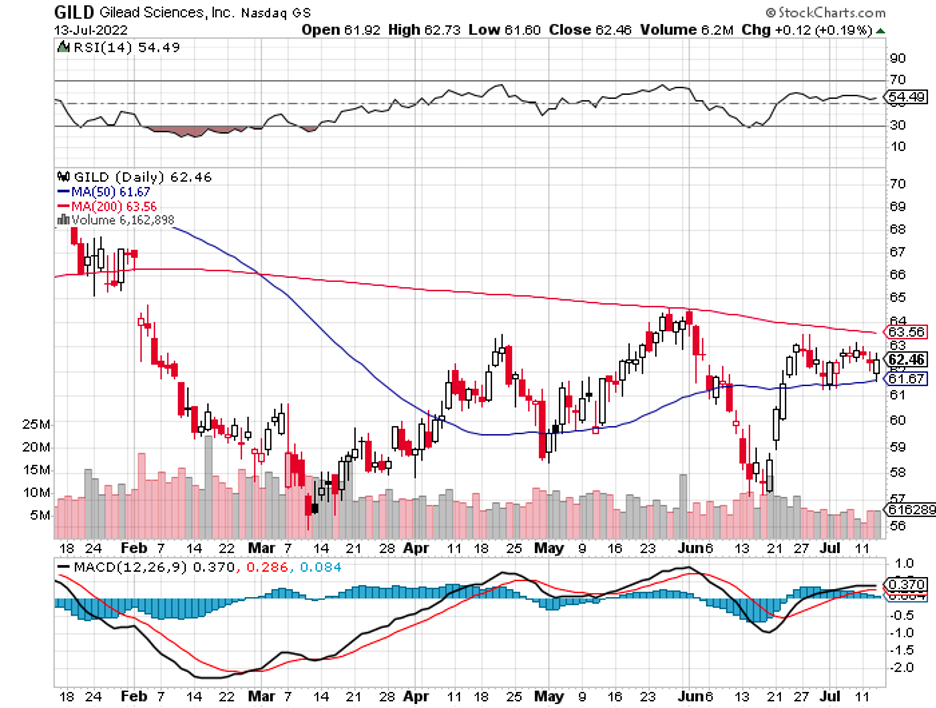
Mad Hedge Bitcoin Letter
July 14, 2022
Fiat Lux
Featured Trade:
(BITCOIN OR ETHEREUM)
(BTC), (ETH)
In the crypto community, investors fiercely defend why Bitcoin (BTC) will be more valuable than Ethereum (ETH) or vice versa in the future.
It was only just last year, we were presented with a situation where both were going up, and primarily because of the law of numbers, the growth rates for ETH were higher because the coin was priced in the low thousands.
When the pronounced equity selloff started to really accelerate at the beginning of this year, it offered a snapshot into which currency is best suited to endure heavy systemic stress.
The winner, and not even close I might add, was and still is Bitcoin.
Saying Ethereum has been having a hard time is an understatement, it has sunk from a peak of $4,800 to $1,000 today.
In relative terms, BTC has outperformed ETH by around 40% during this equity turmoil showing itself as still the best in show and the only reasonable crypto to invest in.
I am on record for saying ETH would be higher than BTC in the future earlier last year because of the accelerated growth input of the asset in a growth industry.
That all changed once the dynamics reversed and tailwinds became headwinds, and now, we are really witnessing ETH’s true colors.
It simply isn’t as good as BTC period.
I have heard of some pundits pushing back the timeline of when ETH will surpass BTC to 2030.
I would respond by saying what is that based on?
Hope?
I do believe the upcoming system shift to proof-of-stake (PoS) will take absolutely no part in ETH usurping the crypto throne ten years from now.
Investors don’t care if the coin is produced using hydrocarbon energy or windmills.
It’s not really a big deal to them.
I would probably say it will never happen, pointing out that BTC is digital gold while ETH is the second iteration of the internet.
I have seen nothing that suggests that ETH's software or code is so much superior to that of BTC so much so that we are about to experience a revolutionary shift.
It’s not that at all.
To say that “there’s plenty of room for both” is also something I don’t agree with because I believe this is a winner take all type of proposition which is an inherent dynamic embedded in technology.
There are over 20,000 crypto coins and most of them are scams.
Even if ETH reduces hydrocarbon energy and increases its security, that doesn’t mean that BTC will have less security advances relative to ETH over time.
Even more ironic is the PoS switch means that the system will need to run a validator as the backbone of the network.
The validator is expected to maintain sufficient hardware and connectivity to participate in block validation and proposal.
In return, the validator is paid in ETH (their staked balance increases).
Validators miss out on ether rewards if they fail to participate when called upon, and their existing stake can be destroyed if they behave dishonestly.
Once activated, validators receive new blocks from peers on the Ethereum network.
No offense, this sounds like a centralized version of ETH and not a decentralized coin.
Proof-of-work is when any random guy can hook up to a power grid and produce a BTC which he can take proceeds from. He has no control over the system and nobody knows who he is.
The validators being held by a code of conduct and penalized or rewarded by that is absolutely what I consider centralization.
Ultimately, I don’t believe ETH has any special advantage over BTC and the PoS switch is a lot of marketing chutzpah.
The fact is that BTC has outperformed ETH when the equity sushi hit the fan and honestly, who cares about PoS.
Investors care about preserving the value of their portfolios.
If a choice between one, invest in BTC and avoid ETH.
“It takes 20 years to build a reputation and five minutes to ruin it. If you think about that, you’ll do things differently.” – Said American Investor Warren Buffett
Legal Disclaimer
There is a very high degree of risk involved in trading. Past results are not indicative of future returns. MadHedgeFundTrader.com and all individuals affiliated with this site assume no responsibilities for your trading and investment results. The indicators, strategies, columns, articles and all other features are for educational purposes only and should not be construed as investment advice. Information for futures trading observations are obtained from sources believed to be reliable, but we do not warrant its completeness or accuracy, or warrant any results from the use of the information. Your use of the trading observations is entirely at your own risk and it is your sole responsibility to evaluate the accuracy, completeness and usefulness of the information. You must assess the risk of any trade with your broker and make your own independent decisions regarding any securities mentioned herein. Affiliates of MadHedgeFundTrader.com may have a position or effect transactions in the securities described herein (or options thereon) and/or otherwise employ trading strategies that may be consistent or inconsistent with the provided strategies.


